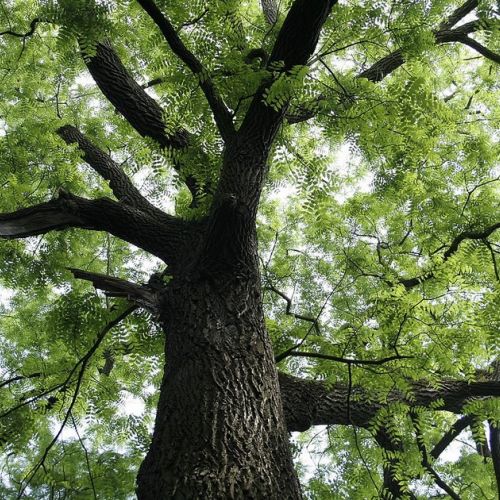Yoga: What Is Prana?
For Ayurveda and yoga enthusiasts, breathing is not just about absorbing oxygen and exhaling carbon dioxide. Through breathing exercises, yogis circulate prana, a Sanskrit term that refers to both breath and vital energy. We invite you to learn more about what this term means in the practice of yoga.
What does the word "prana" mean?
"Prana" is a Sanskrit term that first refers to respiration as a physiological process. In yoga texts, this word can simply refer to the act of breathing.
It is also the basis for the derived word "pranayama," which refers to the breathing exercises in yoga and is sometimes translated as "breath control."
However, in the doctrine of hatha yoga, the act of breathing is not limited to supplying oxygen and expelling CO2. The air provides our bodies with vital oxygen, but also a more subtle and indispensable element for our survival: "prana" or vital energy.
In texts, this term is therefore ambiguous and can be translated in different ways in English, including:
• breath, respiration
• vital breath
• vital energy
• life principle
• life force
• cosmic force
As vital energy, "prana" is the Ayurvedic equivalent of "qi" (pronounced "chi") in traditional Chinese medicine.
Where is the prana located?
In the doctrine of yoga, it is said that prana is not only present in the air we breathe but also in the food and drinks we ingest.
According to some modern authors, negative ions in the air are believed to be a manifestation of this vital energy. This would explain why we feel revitalized wherever negative ions are present, such as by the sea, in the countryside, and in the mountains, and more tired in confined spaces and polluted environments like big cities.
This vital energy also circulates within our bodies through invisible channels called nadis, which are equivalent to meridians in Chinese medicine. It is this energy that spins the famous chakras or energy wheels of yoga.
By circulating around us and throughout our bodies, this vital energy ensures the proper functioning and good health of our bodies. Traditional Indian medicine, or Ayurveda, believes that disease occurs when the circulation of this energy is compromised due to being too weak, imbalanced, or blocked in certain areas.
Yoga, along with qigong and acupuncture, aims to regulate the circulation of this energy in the body.
How to harness prana?
According to the principles of yoga and ayurveda, prana is the fuel of our life. This energy that flows within us and around us determines the good health of our body and ensures its vitality. Therefore, it is important to maintain it through a good lifestyle.
Our main external sources of energy are food, breathing, and sensations. It is quite easy to understand that healthy and suitable foods provide us with energy throughout our lives.
As for breathing, it is not enough to have good air quality to stay healthy. Our way of breathing also influences our level of vitality. That is why breath control exercises or pranayamas are one of the pillars of traditional hatha yoga.
How to breathe properly during yoga class?
The texts of the ancients affirm that, through control of breath and concentration, it is possible to direct prana wherever desired within one's own body.
Before reaching such a level of mastery, begin by focusing on your breath throughout your yoga practice and diligently practicing the exercises described by your teacher.
Attention: for beginners, pranayamas should be approached with caution! It is recommended to start with the practice of postures and fundamental breathing techniques such as the complete yogic breath.
This exercise allows you to learn to breathe more fully by engaging the abdominal, thoracic, and clavicular areas. Like all yogic breaths, it is practiced consciously and allows for rejuvenation.
To breathe well during your yoga sessions, also remember that in this discipline, we do not exhale through the mouth! In most postures, air should enter and exit through the nose as it is through the nostrils that the famous nadis or subtle energy channels pass.
To avoid depleting your prana, it is also advised to breathe slowly as if you were allocated a limited number of breaths at birth...




